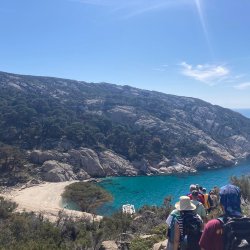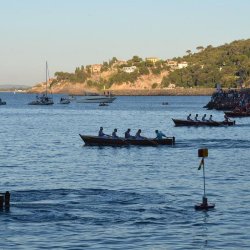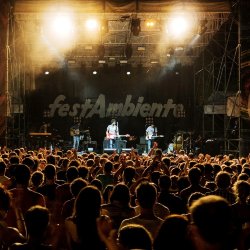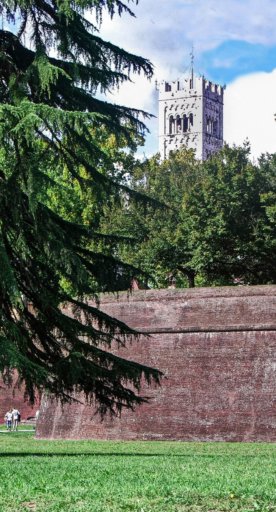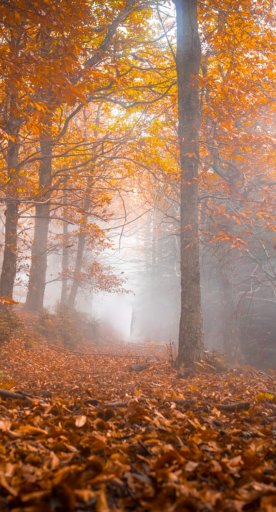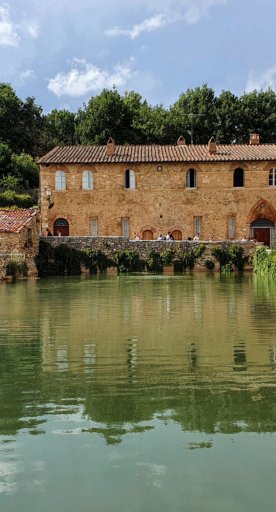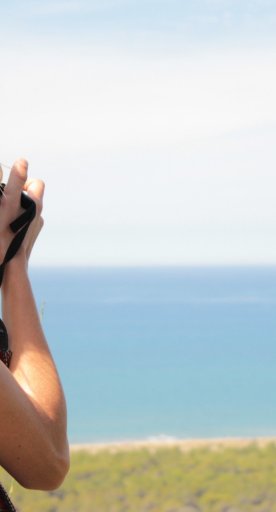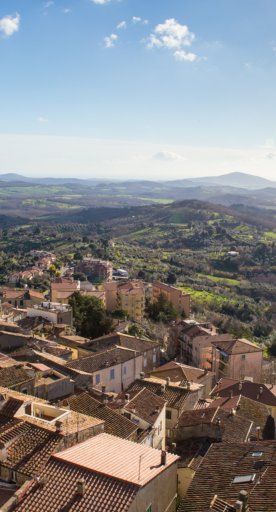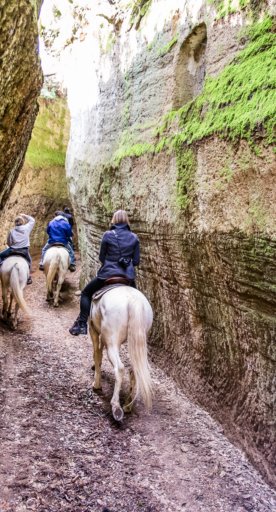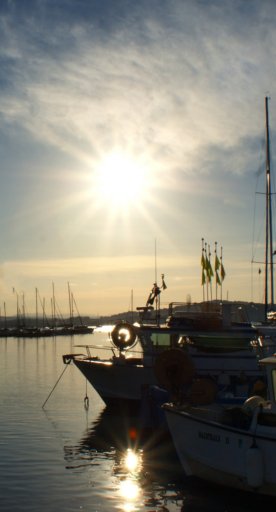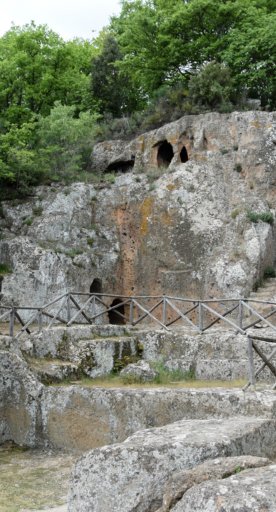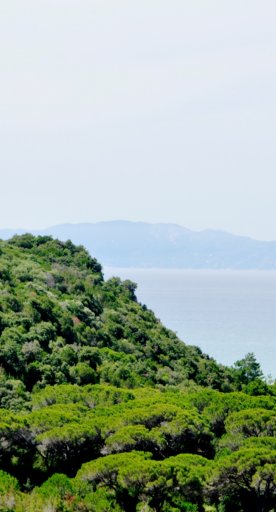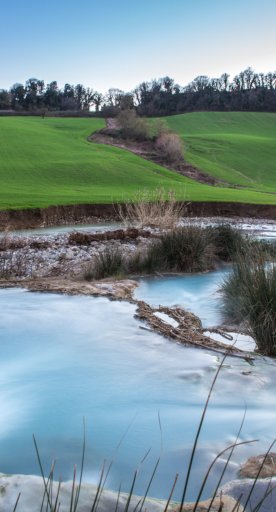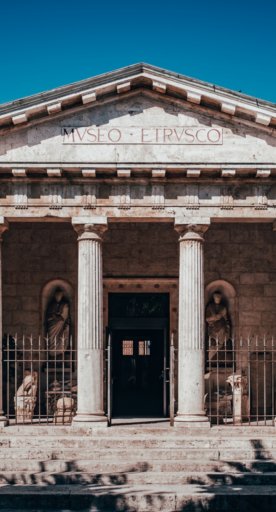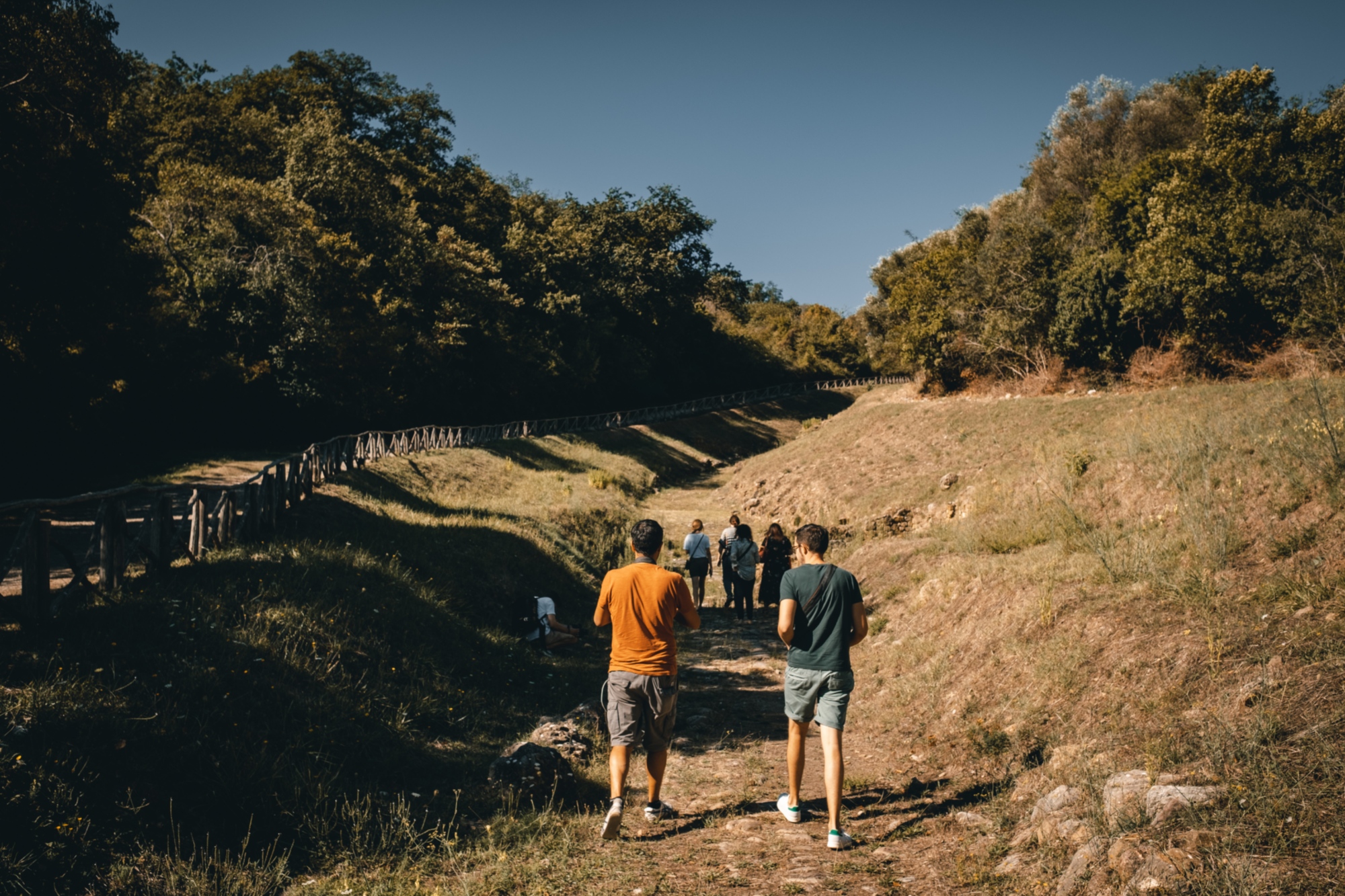

10 things to do in Grosseto
An itinerary to discover the most evocative places of the most important city of Maremma
Grosseto stretches across the plain crossed by the Ombrone River a few kilometers from the Tyrrhenian coast.
Since 1336 it was a Sienese dominion, surrendering to the Medici family only in 1559, after the battle of Montalcino: the present form of the city was achieved only in the 20th century, with the reclamation works of the Maremma territories.
Today Grosseto is a city that encloses centuries of history within its walls: strolling through the historic center you can admire churches, museums and palaces of various eras and styles.
Here are 10 suggestions to get to know this city!
-
1.Medicean Walls
-
2.The Cathedral of San Lorenzo
-
3.Piazza Dante
-
4.Church of San Francesco
-
5.Corso Carducci
-
6.Archaeological and Art Museum of the Maremma and Museum of Sacred Art of the Dioceses of Grosseto
-
7.Le Clarisse Cultural Center
-
8.Piazza del Sale
-
9.Biking along the Ombrone
-
10.Archaeological Area of Roselle
Medicean Walls

The Walls of Grosseto were built starting in the 12th century and were destroyed and rebuilt several times over the following centuries.
Their present appearance dates back to the redevelopment work - carried out between 1574 and 1593 - designed by architect Baldassarre Lanci, who was commissioned directly by Grand Duke Francesco I de' Medici: the shape is an almost perfect hexagon with five bastions and the so-called citadel - the ancient command structure.
Until 1757 the walls were surrounded by an outer moat.
Today they form a green space where you can walk, play sports or simply relax.
The Cathedral of San Lorenzo

The Cathedral is named after the city's patron saint and is certainly Grosseto's most important monument.
It was built beginning in the late 13th century under the direction of master Sozzo Rustichini, who also participated in the construction of the facade of Siena Cathedral.
The facade and interior have been profoundly altered over the centuries, especially in the 19th century, but the portal richly decorated with plant, zoomorphic and anthropomorphic motifs has retained its original appearance.
The interior holds interesting sculptures, such as the imposing marble baptismal font by Antonio Ghini and, by the same artist, the carved frame of the Altar of the Madonna that holds a valuable painting by Matteo di Giovanni. Also of great interest is a wooden crucifix from the mid-15th century attributed to Vecchietta.
The Cathedral is an excellent starting point for visiting the historic center.
Piazza Dante

Piazza Dante - also known as Piazza delle Catene - is the beating heart of the city and is often enlivened by cultural events and concerts.
Built between the 13th and 14th centuries, it is home to the Cathedral, the 19th-century Municipal Palace and the splendid Aldobrandeschi Palace or Palazzo della Provincia, a neo-Gothic style building reminiscent of that typical of medieval Siena, built in the 20th century to a design by architect Lorenzo Porciatti.
In the center of the square is the monument to Canapone, a sculpture signed in 1846 by artist Luigi Magi that depicts Grand Duke Leopold II of Lorraine crushing the head of a snake.
Church of San Francesco

Originally dedicated to St. Fortunato, in the 13th century it was ceded by the Benedictines to the Franciscans, becoming one of the most important churches in the city.
It has a simple facade, with the portal characterized by a lunette with a fresco surmounted and protected by a wooden tabernacle with a rose window above.
The interior of the church has a single nave in Gothic-Franciscan style and preserves various works of art, among which is the famous Crucifix on panel by Duccio di Boninsegna.
Corso Carducci

The main street of the city is undoubtedly Corso Carducci: a street dedicated to shopping and strolling in a truly scenic setting.
It connects Piazza Dante to Porta Nuova along a section of the ancient route of the Via Aurelia that ran through the historic center.
It is also home to Grosseto's oldest religious site: the Church of San Pietro, documented as early as 1118.
Walking down the street, it is difficult not to notice the elegant Art Nouveau buildings, such as Pallini Palace and Tognetti Palace.
There are also several neoclassical-style buildings, such as Ariosti Palace.
Archaeological and Art Museum of the Maremma and Museum of Sacred Art of the Dioceses of Grosseto
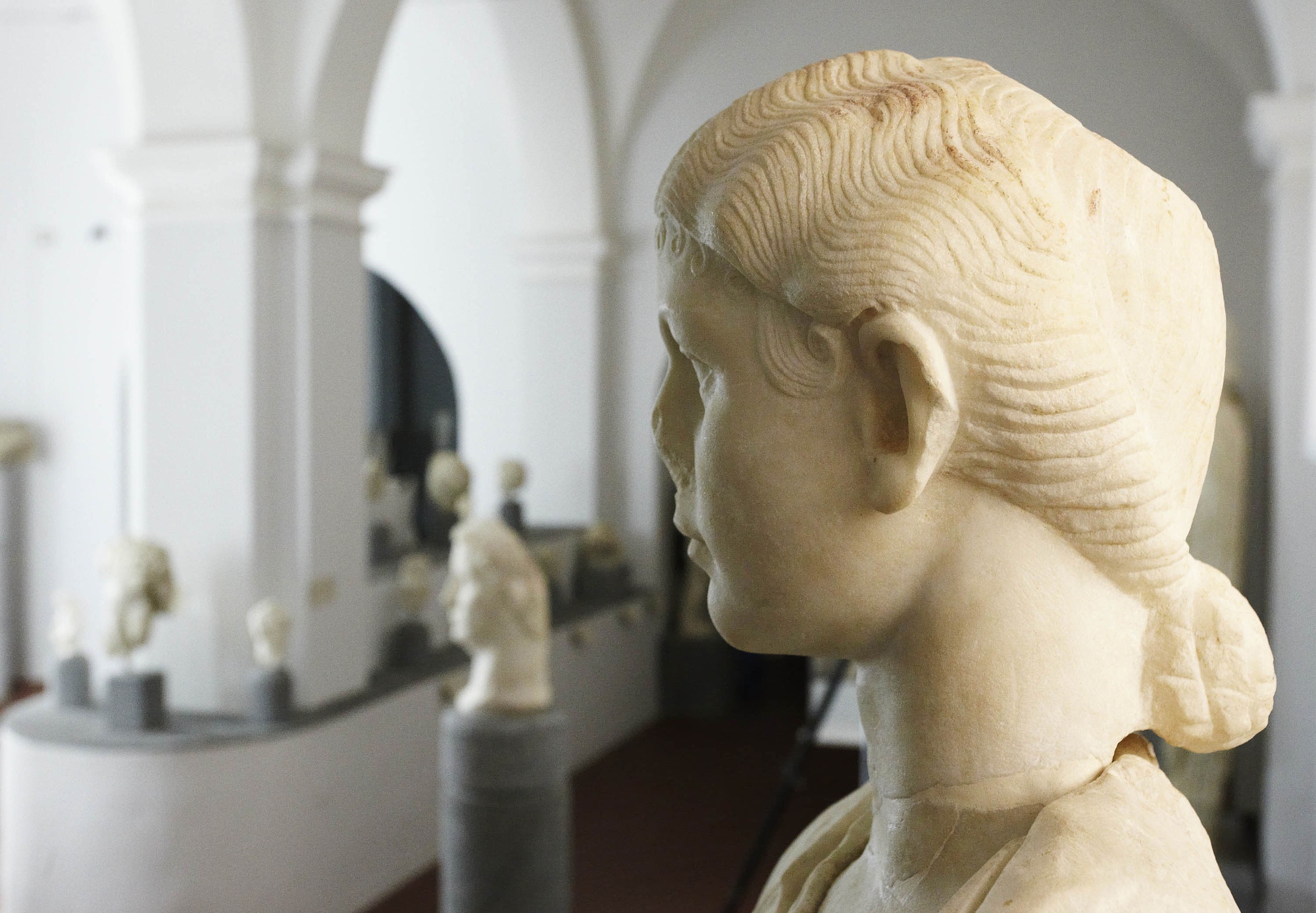
The Archaeological and Art Museum of the Maremma and Museum of Sacred Art of the Diocese of Grosseto occupy the 19th-century Palazzo del Vecchio Tribunale (Palace of the former Courthouse).
On the first two floors, the MAAM - Archaeological and Art Museum of the Maremma - traces the history of the Maremma from prehistoric times to the birth of Etruscan cities to the Roman conquest, the Middle Ages and finally the modern age, through archaeological and art documents.
On the third floor is the Museum of Sacred Art of the Diocese of Grosseto: of great value is the collection of works from the churches of the Diocese, attributable mostly to Sienese artists working for the Maremma center.
Le Clarisse Cultural Center

In the building of the former convent of Santa Chiara, Le Clarisse Cultural Center houses 4 cultural institutions: the Gianfranco Luzzetti Collection Museum, Clarisse Art, the Roberto Ferretti Ethnographic Collection and MuseoLab.
The Gianfranco Luzzetti Collection Museum is set up on the ground floor of the building, around a small and charming cloister that also houses the Church of Bigi, a unique and precious testimony of Baroque art in the city.
On the first floor is Clarisse Art, an exhibition space reserved for temporary exhibitions and a documentation center consisting of the library specializing in local art.
On the second floor the Roberto Ferretti Ethnographic Collection and the MuseoLab constitute a laboratory museum created as a result of some urban archaeological excavations.
Piazza del Sale

One of the most popular squares in the city: to spend a few hours with friends, nothing better than sitting in one of the many bars that populate the square. From aperitifs to nightlife, Piazza del Sale is also a favorite area for locals and is part of a context of urban growth that aims for an increasingly modern city.
Biking along the Ombrone

The Ombrone River is the second largest river in Tuscany, and Grosseto is particularly linked to its presence so much so that it is also called a river town.
After lapping the outskirts of the city, the Ombrone crosses the Maremma Park for about 12 km where it flows into the delta at a place called Bocca d'Ombrone (Ombrona Mouth).
Thanks to the construction of the bicycle-pedestrian bridge, it is possible to reach the Maremma Park through a beautiful ride along the bicycle path that connects Grosseto to Alberese and Marina di Alberese.
Archaeological Area of Roselle

A few kilometers from the center of Grosseto, the Roselle Archaeological Area preserves the remains of an ancient Etruscan city.
Roselle was one of the most important cities of Etruria: it was Romanized in the late 3rd century BC and abandoned during the Middle Ages, when the population moved to nearby Grosseto.
Excavations allow us to see large sections of the city walls, the remains of the Roman city and, on a hill, parts of a small amphitheater and thermal facilities.
Many of the artifacts unearthed are preserved inside the Maremma Museum of Archaeology and Art.


